In the early days, the crow and crane posture, two arm-balance positions, were challenging for many yogis. However, if practitioners invest enough time and effort, their benefits are great. For example, build abs, arms or improve mood, etc.
Thus, yogis need to carefully learn crow pose and crane pose in yoga to avoid getting undesired injuries. Yoga Bear will give you more valuable information and concise instructions.
Basics Of Crow And Crane Pose
Before answering how to do crane pose and crow position yoga, we first need to find out what they are, the differences between them, and how they benefit us.
What Are They
In Sanskrit, Crow Pose yoga is called Kakasana, and Crane position yoga is Bakasana. Generally, Bakasana and Kakasana are two postures that focus on the upper body. Both are categorized in arm-balance yoga positions, meaning practitioners use arms or hands as a pivot to balance their whole bodies.
Crow Pose vs Crane Pose (Kakasana Vs Bakasana)
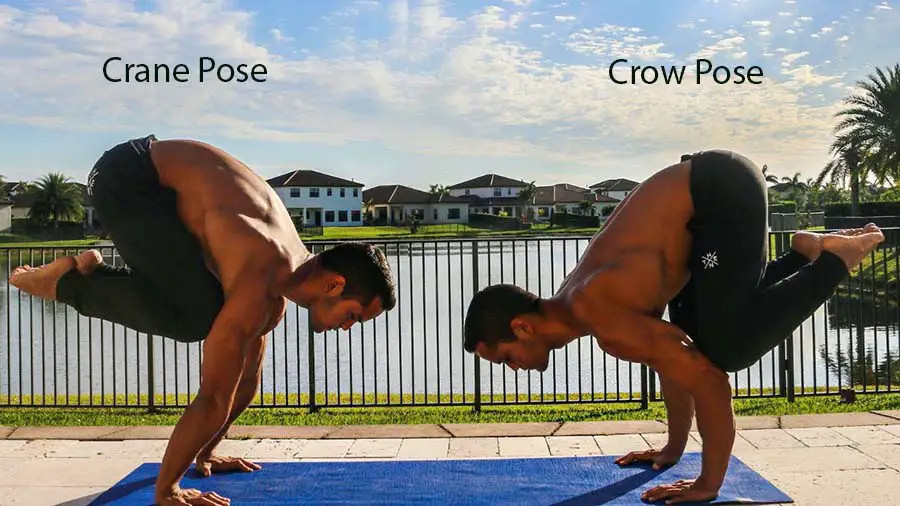
It is usually supposed that Bakasana and Kakasana are interchangeable. The fact is NO. We cannot use them as homogeneous poses, although basically, they appear fairly similar.
The difference between the crow pose vs crane pose is in the arms and knees.
- Crow Pose in yoga requires the arms bent (about 90 degrees), and the knees are pressed at the level of the upper arms. At this point, the knees may widen a little.
- On the other hand, the Crane pose yoga requires the arms to be straight. The knees need to be closely tucked into the arms and under armpits.
Benefits
Basically, to achieve either posture, we need to concentrate on the core muscles, arms, and hands, engage shoulder blades, squeeze knees together in the middle, and finally, believe in ourselves.
Because of the similarity in the muscle area we activate when doing these two positions, the benefits of crow pose are the same as crane one. They both provide physical and mental health benefits.
- Physical improvements
- Abdominal muscles
- Chest
- Shoulders and arms
- Wrists and hands
- Groin flexibility
- Buttocks and thighs training
- Spine, especially the upper part
- Hip flexors
- Mental improvements
- Concentration level
- Improve mood by satisfaction and confidence
- Enhance proprioception, a familiar term to yoga practitioners.
How To Do Crane Pose And Crow Pose
Bakasana and Kakasana are fairly challenging because they require a balanced state while placing the whole body weight on arms. Before doing these poses, we should take several other exercises to train our muscles as great preparations gradually.
Preparation
Here is the list of ideal muscle training exercises to help us conquer the yoga Crow and Crane positions.
- Cat Posture (Marjaryasana)
- Sleeping Eagle (Garudasana)
- Reclining Crow Position (Supta Bakasana)
How To Do Crow And Crane Pose: Step-By-Step Instructions
Crow Pose
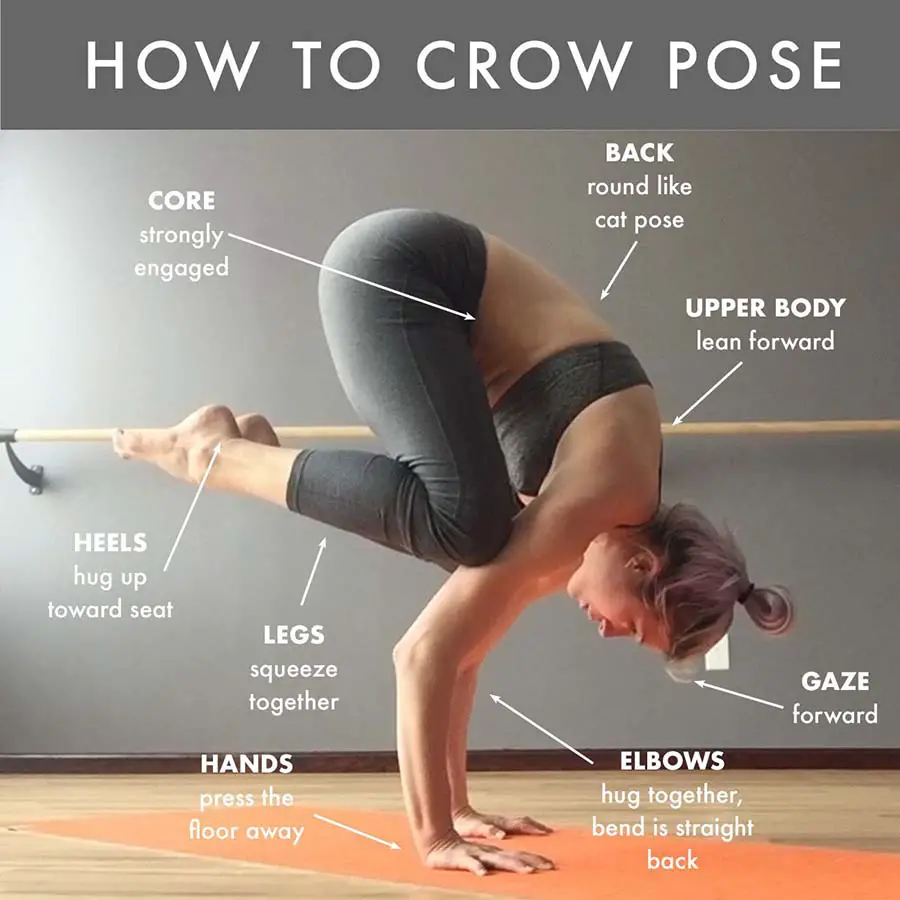
- First, let the knees extend as in a squat. It doesn’t matter if the feet are together or apart.
- Put hands on the floor at a distance of 6–8 inches in front of feet and shoulder. Our hands might be a little broader to the shoulders.
- Use the ball of feet and then raise the hips high. At this point, take the knees up to the upper arms level.
- Tilt the body forward to the point where shoulders are well-positioned between the knees.
- Press the knees firmly on the upper arms. The knees can balance on the triceps.
- Continue reaching forward until the elbows make about 90 degrees and the center of gravity shifts.
- Let the heels toward the buttocks.
- Breathe 5 – 10 times, then place the feet on the floor.
Crane Pose
We would take the first four steps as practice crow posture. Then, follow the steps below to do yoga crane position:
1 → 4: As the above steps of crow pose
5. Tuck the knees closer under the armpits
6. Ensure the arms are straight
7. Bring the heels toward the buttocks.
8. Breathe 5 – 10 times before placing the feet on the floor.
Mistakes & Tips
We will point out some common mistakes that yogis often make when practicing those moves.
Pay attention to these details to improve the effectiveness and avoid injuries, such as joint pain, back pain, etc., when done incorrectly.
Common mistakes
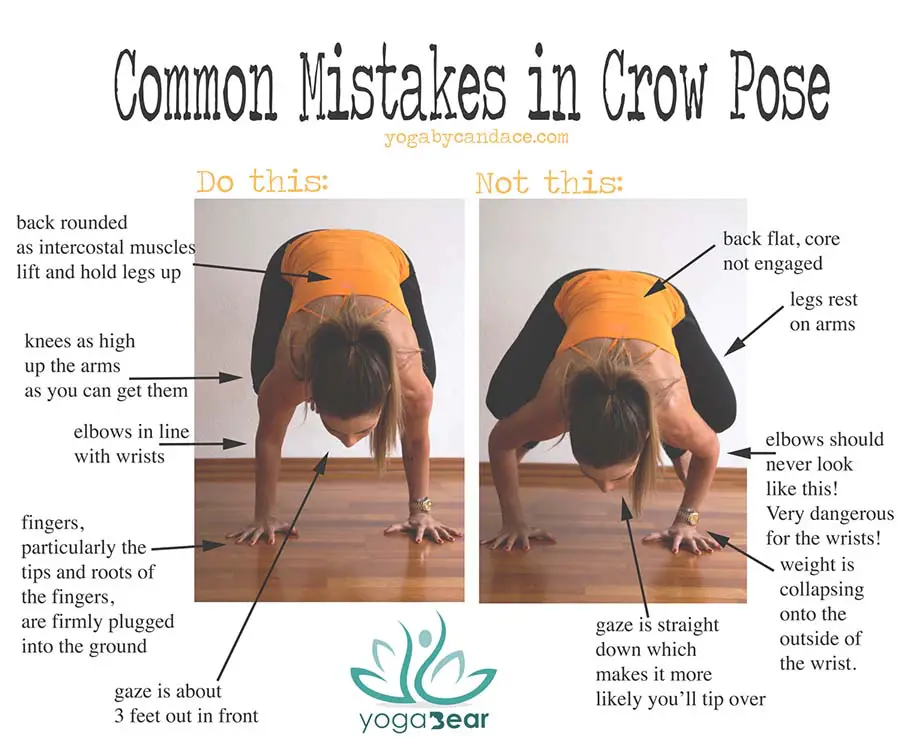
- Elbows facing out → Make sure elbows, shoulders, and wrists are in a line.
- The head drops down → Try to keep the gaze looking forward, not looking down.
- The back is flat → Apply the cat shape exercise.
- Legs rest on arms → Ensure using core and muscles in the rib area to stay balanced and lifted.
- Heels facing behind → Make them close and face to buttocks.
Tips
- Before attempting these positions, warm up the arms and wrists.
- Beginners usually first start this position by elevating their buttocks high off the ground and away from their heels. Actually, they should keep heels and buttocks close together.
- Strengthening the core muscle is beneficial. Although practicing crow and crane exercises appear to need a lot of arm power, most of the effort is done by abs. The stronger the abs, the lighter the back and arms bear.
- Take it slowly. Don’t hurry to put the body towards to find balance. It would be easier when moving slowly.
- Keeping the arms and knees close together helps enhance steadiness.
- It’s difficult to do the crow or crane position when fearing to fall. Use a thick blanket, pillow, or yoga mat to be more confident when practicing.
Conclusion
In conclusion, these two poses are challenging, but crane and crow pose benefits are some worthy awards. They contribute to improving our physical and mental status, leading to a happy life. Additionally, we may feel more confident, proud, and satisfied when we’re brave to put ourselves into this challenge.
Through this guidance on crow pose and crane pose in yoga how to do, we strongly believe that one day learners will master them soon.
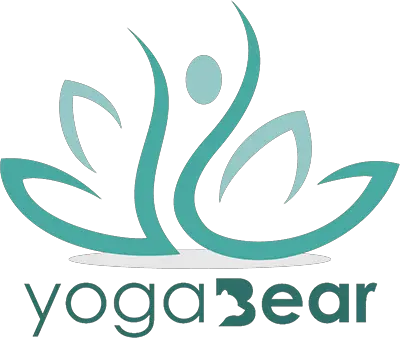

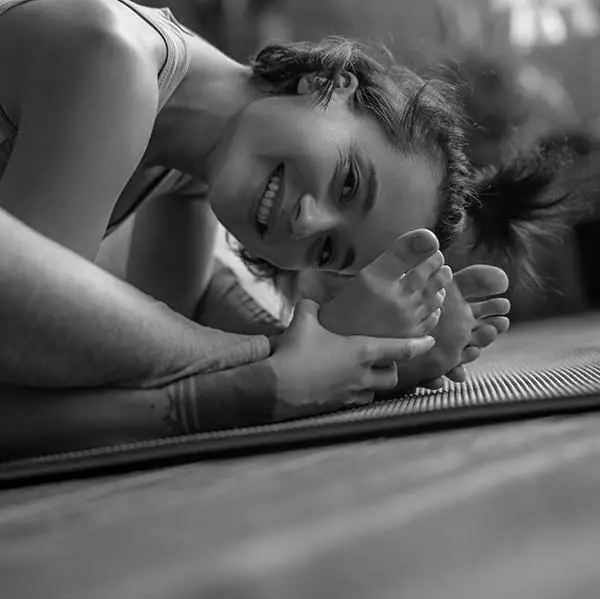
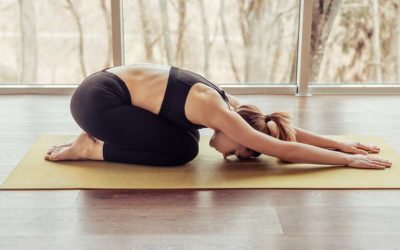
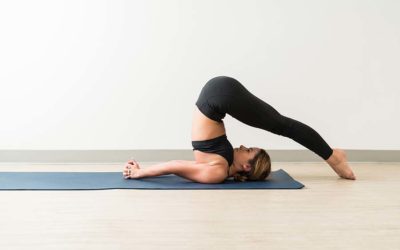
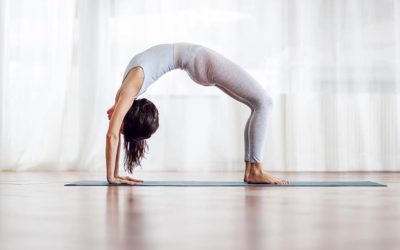
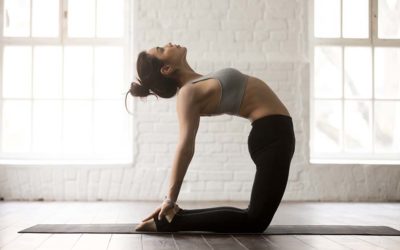
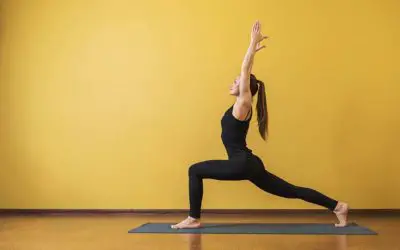
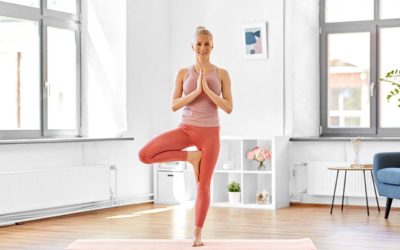
0 Comments